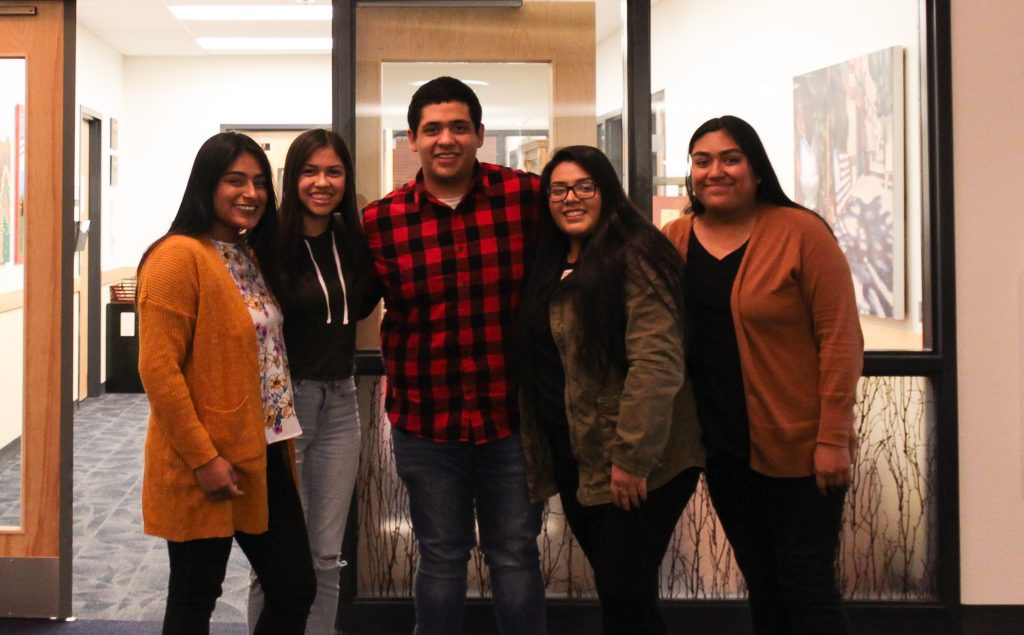Rebecca Meyers | Lifestyle editor
The calendar has officially flipped to December, meaning that many people can agree that it’s time for the holidays to start happening. For those Western students who will be remaining in Oregon for the holidays, luckily, there is an abundance of you-cut Christmas tree farms nearby perfect for getting into a festive mood.
Bigfoot Christmas Tree Farm
Located in Dallas, Bigfoot Christmas Trees is a small yet festive place to find the perfect tree. Their selection includes the usual variety of trees, which include Nordman firs, Douglas firs, Noble firs and Grand firs. They sell wreaths as well, and the experience includes a cozy fire pit sitting area.
Location: 12120 Clow Corner, Dallas
Hours: 10 a.m.-4:30 p.m. weekdays and 9 a.m.-4:30 p.m. Saturdays and Sundays.
Vollstedt Farms
This Albany farm is another great place to find a variety of different trees. Their wagon rides take visitors to the tree-filled fields, and then returns them to a warm greenhouse where visitors can enjoy hot chocolate, cider, cookies and some Christmas decorations for sale
Location: 451 NW Quarry Rd, Albany
Hours: 12 p.m.-5 p.m. Wednesday through Friday and 9 a.m.-5 p.m. Saturdays and Sundays.
Palmer’s Christmas Trees
This family farm in Salem was voted the Statesman Journal’s Best Christmas Tree Farm for both 2016 and 2018. It boasts a wide range of tree types, including the usual four, Norway Spruces, Turkish firs and more.
Location: 4716 Poinsettia St NE, Salem
Hours: 10 a.m.-5 p.m. daily.
Santiam Canyon Christmas Trees
A small family farm near Stayton, Santiam Canyon Christmas Trees is full of holiday cheer such as a gift shop, free treats, wagon rides and photo opportunities. Visitors can pick from the four traditional types of trees here as well.
Location: 17300 N Santiam Highway, Stayton
Hours: 10 a.m.-4 p.m. Friday through Sunday.
Contact the author at howllifestyle@wou.edu



 [fruitful_tabs type=”accordion” width=”100%” fit=”false”][fruitful_tab title=”Candied Yams or Sweet Potatoes”]This popular Thanksgiving side takes some time to cook, but the prep is fairly simple and only requires a few ingredients. Recipes vary, but the simple version can be made with only sweet potatoes, butter, brown sugar and marshmallows. The dish usually takes at least half an hour to cook if fresh sweet potatoes are used. [/fruitful_tab]
[fruitful_tabs type=”accordion” width=”100%” fit=”false”][fruitful_tab title=”Candied Yams or Sweet Potatoes”]This popular Thanksgiving side takes some time to cook, but the prep is fairly simple and only requires a few ingredients. Recipes vary, but the simple version can be made with only sweet potatoes, butter, brown sugar and marshmallows. The dish usually takes at least half an hour to cook if fresh sweet potatoes are used. [/fruitful_tab]
